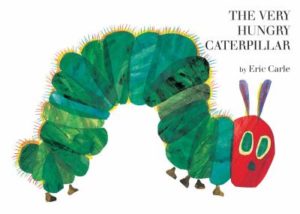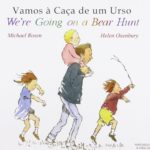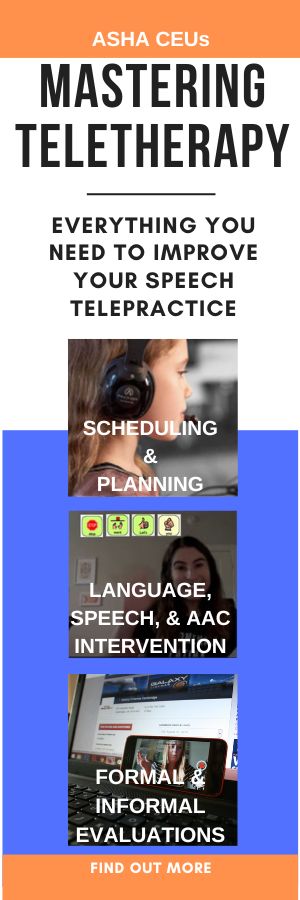The Best Teletherapy Speech Therapy Activities
All of your knowledge and expertise can easily transition over to therapy provided in a remote setting. Even more important, you become more efficient and even add an additional income stream with the right teletherapy speech therapy activities.
After hundreds of teletherapy speech and language therapy sessions one thing became clear: it doesn’t matter how many bells, whistles, or apps you are adding to your teletherapy speech activities. We still have to:
- Keep children engaged
- Not blow time and money on materials we cannot use multiple times
- Make recognizable improvements to communication
- Dismiss students
Can I add two more here? We have to keep ourselves engaged so that we don’t die of boredom! And we need results! – so that we can sign off at the end of the day knowing we made a difference. Here are ways in which we continue to get great results in therapy, keep our students engaged, give parents great resources and ways to practice between sessions, and treat our diverse clients even when multiple languages are spoken at home. Plus, learning teletherapy has added to our client base of families who want our services but can’t drive in.
Let’s start with two tough teletherapy topics that don’t get much attention and then jump into the fun stuff – storybooks!
Helping Children Transition to Teletherapy
Telepractice and AAC
Complete Speech Teletherapy Session Example
Video Read-Aloud Teletherapy Speech Therapy Activities
You probably already own all of the teletherapy speech therapy materials you will need for the rest of the year and still be able to accomplish these goals. With a combination of your own personal library, your school library, and YouTube, you will be able to provide literacy-based intervention that covers all of your speech, language, fluency, and pragmatic goals during a virtual speech therapy session.
It can be effortless to continue to incorporate literacy-based interventions into your teletherapy sessions with minimal prep, and have your students be equally as engaged during their session. On this page, you will find a list of our SLPs’ favorite read-aloud books, what they target, and links to the book read-aloud videos!
Two ways to use video book reading in speech therapy:
Watch together and work during and after
- Play the video during your session
- Pause if you want to break the story up into comprehension questions or do an activity in the middle
- Share the link with parents or teachers so that the student can watch it again during the week to increase comprehension or understanding
Assign the video read-aloud books as homework
- Send the link to parents for pre-reading
- Use the story to probe comprehension
- During the session write a parallel story inventing new characters and locations but using the same plot.
And for the adventurous SLP, make your own videos and combine read-alouds and activities! Watch this:
Tailor these read-alouds to your session! Whether you pause the video and check for understanding as you go along, play the entire video and model a story-retell, ask WH-questions at the end, or even mute the video while you narrate the story to emphasize goal-specific details. There are countless variations for how storybook read-alouds can be incorporated into teletherapy.
Free Teletherapy Speech Therapy Activities
To get you started, here is are free teletherapy materials for you to download as Powerpoint or use as Google Slides. We have two types of slide decks (saved groups of slides are called “decks”):
We have a specific set of slides that match a story such as The Hungry Caterpillar or Snow Day. Make these for your favorite stories. Secondly, we have general decks that we can use with any student. For example, here are a group of slides which are WH-Question focused and Story Sequencing focused.
WH QUESTION AND FIRST-THEN-AFTER-LAST LB SLIDES
Google Slides Version: WH QUESTION AND FIRST-THEN-AFTER-LAST LB SLIDES
Add these to any of the free book read-alouds on YouTube below or your own storybooks or library books and you virtually have enough therapy to last for the year! It doesn’t matter if you are doing teletherapy articulation or focusing on language.
The benefits of using books for virtual speech therapy activities
- Buy-in from teachers: Books overlap curriculum topics
- Familiarity: Popular storybooks are already used in the classroom
- Multiple exposures to a concept: What you teach in therapy can be used in the classroom and at home
- Language: Children have a structure to practice the communication you are teaching
- Support: Parents are already reading books to their children. Literacy-based intervention remains the best way to overlap with school topics and ensure that you are not covering a topic that the child has never heard of before.
This is why we wanted to create a resource for SLPs to be able to access book read aloud videos to provide literacy-based intervention in multiple languages.
Speech Therapy Video Books for Literacy-based Teletherapy
 The Arrival
The Arrival
by Shaun Tan
A wordless picture book about a father emigrating to a new land.
Wordless picture books are great for inferencing.
Froggy Gets Dressed
by Jonathan London
Froggy se viste (Froggy Gets Dressed in Spanish)
Use this read aloud for targeting clothing, seasons, winter vocabulary and /r/.
 From Head to Toe
From Head to Toe
by Eric Carle
De la cabeza a los pies (From Head to Toe in Spanish)
This read aloud is great for targeting rhyming, acting out verbs, and words with final (s).
 The Gigantic Turnip
The Gigantic Turnip
El nabo gigante (The Gigantic Turnip in Spanish)
The Gigantic Turnip in Chinese
This read aloud is full of repetition and is great for targeting sequencing.
 Giraffes Can’t Dance
Giraffes Can’t Dance
By Giles Andreae and Guy Parker-Rees
Las jirafas no pueden bailar (Giraffes Can’t Dance in Spanish)
This read aloud is great for introducing higher-level vocabulary!
 Green Eggs and Ham
Green Eggs and Ham
by Dr. Seuss
Huevos verdes con jamón (Green Eggs and Ham in Spanish)
Les Oeufs Verts au Jambon (Green Eggs and Ham in French)
This Dr. Seuss read aloud book is great for targeting rhyming, social skills, and vocabulary.
 If You Give a Mouse a Cookie
If You Give a Mouse a Cookie
by Laura Numeroff
Si le das una galletita a un raton (If You Give a Mouse a Cookie in Spanish)
Use this read aloud to target inferencing (“What might happen if he gives him a cookie?”), cause and effect, and articulation practice (/k/, and /m/).
Julián is a Mermaid
by Jessica Love
Julián es una sirena (Julian is a Mermaid in Spanish)
This read aloud is a beautiful book about acceptance
 Martin’s BIG Words
Martin’s BIG Words
by Doreen Rappaport
This read aloud is perfect for teaching children about the great Martin Luther King, Jr.
 The Mitten
The Mitten
by Jan Brett
El mitón (The Mitten in Spanish)
Use this read aloud to target sequencing, vocabulary, and /s/ blends
 The Rainbow Fish
The Rainbow Fish
El pez arco iris (The Rainbow Fish in Spanish)
by Marcus Pfister
Use this read aloud to work on social/pragmatic skills (friendship building/initiating play).
 Sick
Sick
by Shel Silverstein
The read aloud of this rhyming poem is perfect for children who are not going to school right now.
 Stellaluna
Stellaluna
by Janell Cannon
Stelaluna (Stellaluna in Spanish)
Use this read aloud to target vocabulary, idioms (“Blind as a bat”), and articulation (/st/, /l/, and /r/ are found throughout the book).
 There Was an Old Lady Who Swallowed a Fly
There Was an Old Lady Who Swallowed a Fly
There Was an Old Lady Who Swallowed a Fly in Chinese
Un día una señora se tragó una mosca (In Spanish)
This read aloud is great for making predictions, targeting animal vocabulary, colors, sequencing, and /s/ and /l/ clusters (English) and /r/ clusters (Spanish).
The Three Billy Goats Gruff
by Paul Galdone
Los tres cabritos Billy (The Three Billy Goats Gruff in Spanish
This is a great pattern story and provides tons of opportunities to work on /g/ in therapy in English or /k/ in Spanish.
 The Three Little Pigs
The Three Little Pigs
Los tres cerditos (The Three Little Pigs in Spanish)
The Three Little Pigs in Chinese
This read aloud is good for sequencing goals, cause and effect, and descriptive words.
 Tuesday
Tuesday
by David Weisner
A fantastical wordless picture book in which frogs can fly on their lily pads.
The Very Hungry Caterpillar
La oruga muy hambrienta (The Very Hungry Caterpillar in Spanish)
The Very Hungry Caterpillar in Chinese
La Chenille Qui Avait Tres Faim (The Very Hungry Caterpillar in French)
The Very Hungry Caterpillar in Japanese
Use this read aloud to target sequencing and vocabulary!
We’re Going on a Bear Hunt
Vamos a cazar un oso (We’re Going on a Bear Hunt in Spanish)
This read aloud is excellent for targeting sequencing and vocabulary
The benefits of using interactive read aloud books as teletherapy language activities
There are many benefits of using interactive read aloud books for teletherapy language activities. Read out loud books are beneficial to the work of speech-language pathologists (SLPs) from both an educational and a practical perspective:
- The use of storybooks provides an excellent way to keep students engaged while addressing their speech and language goals.
- Storybooks, such as Green Eggs and Ham read aloud can be used with all ages and cultures to address a wide range of goals, including articulation, semantics, syntax, comprehension, pragmatics, and discourse skills.
- Clinicians can use book read-aloud videos to work at different levels depending on each student’s needs ranging from decontextualized discrete skills to skills that require more global processing, such as inferring meaning in stories, understanding characters’ feelings, and producing story sequence.
- Clinicians can use read aloud story themes and contexts to help students generalize skills learned in storybook reading to other settings.
- On the practical side, teletherapy speech therapy activities using videos increase the efficiency of the often busy SLP by decreasing preparation time once the materials have initially been created.
- Parents can easily become a part of the teletherapy language therapy process at home, which can greatly increase learning and retention of new skills.
Our role as school-based SLPs is to align to the general education curriculum, and using storybooks in SLP videos for intervention enables us to do this with ease.
Teletherapy Speech Therapy Activities Resources and Essays
Speech and Language Therapy During a Pandemic
Easily Making SLP Videos to Share with SLPs and Families
Storyline: This is a great FREE (English only) resource that contains many story books read aloud by celebrities!


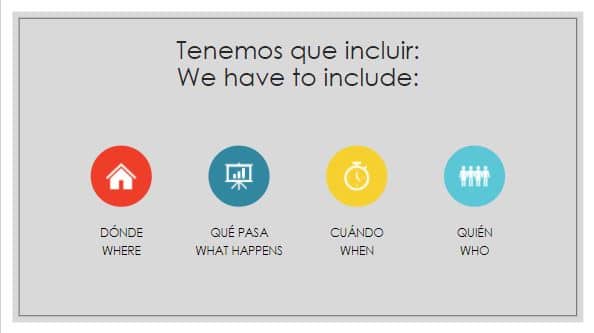
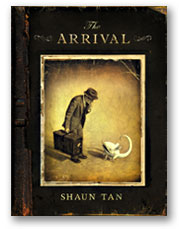
 From Head to Toe
From Head to Toe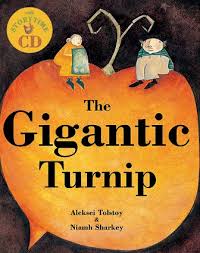 The Gigantic Turnip
The Gigantic Turnip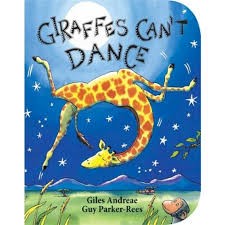 Giraffes Can’t Dance
Giraffes Can’t Dance Green Eggs and Ham
Green Eggs and Ham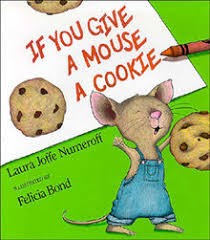 If You Give a Mouse a Cookie
If You Give a Mouse a Cookie
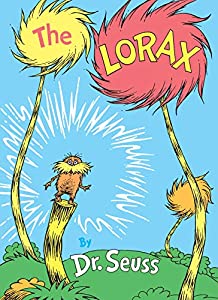 The Lorax
The Lorax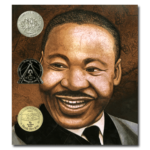 Martin’s BIG Words
Martin’s BIG Words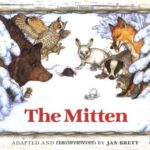 The Mitten
The Mitten The Rainbow Fish
The Rainbow Fish Sick
Sick Stellaluna
Stellaluna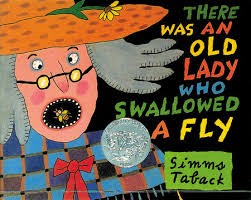 There Was an Old Lady Who Swallowed a Fly
There Was an Old Lady Who Swallowed a Fly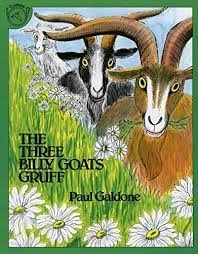
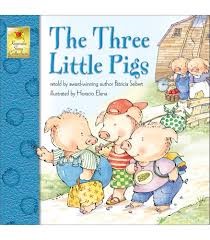 The Three Little Pigs
The Three Little Pigs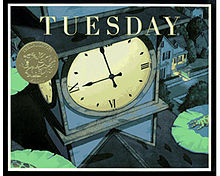 Tuesday
Tuesday